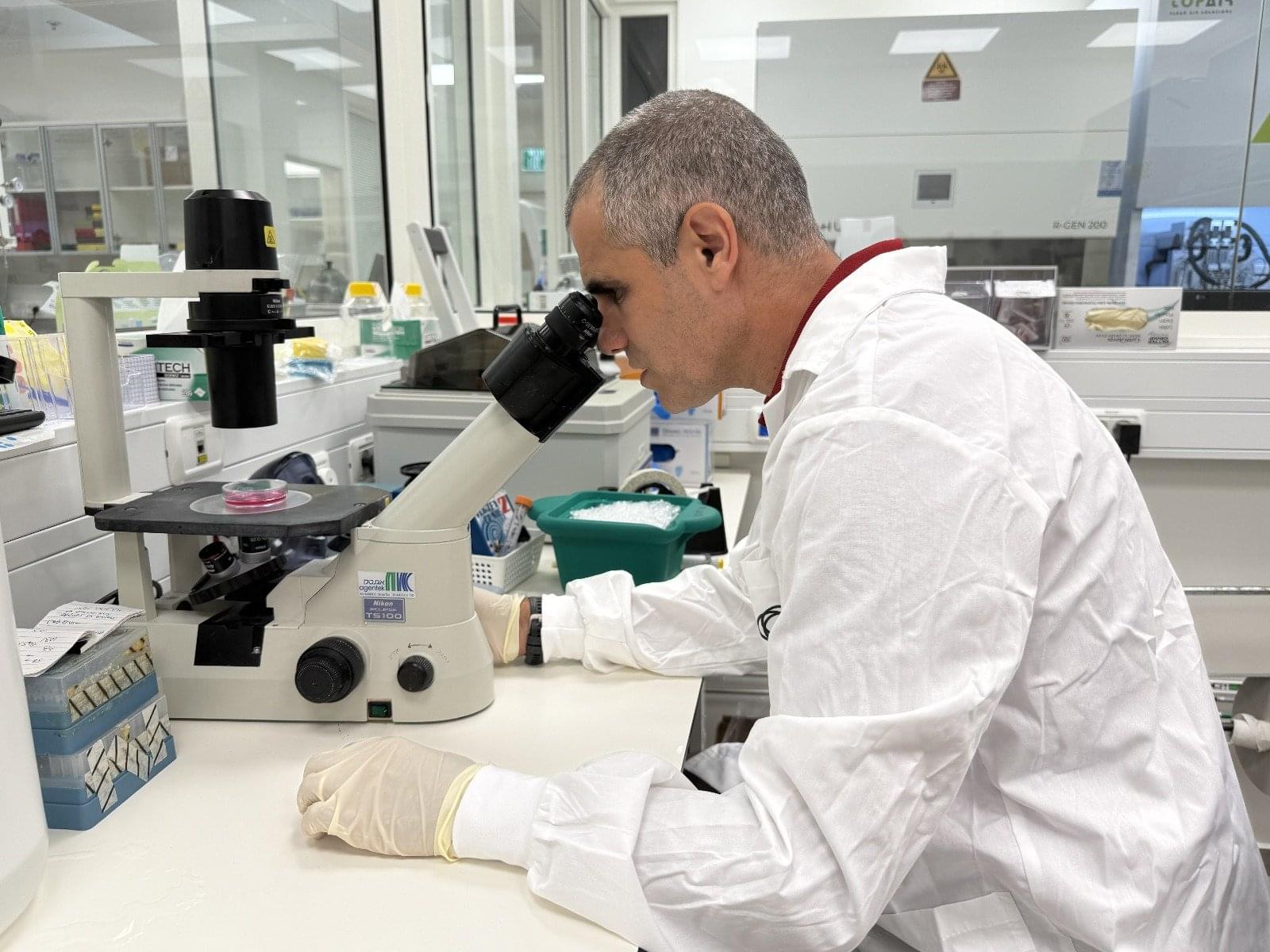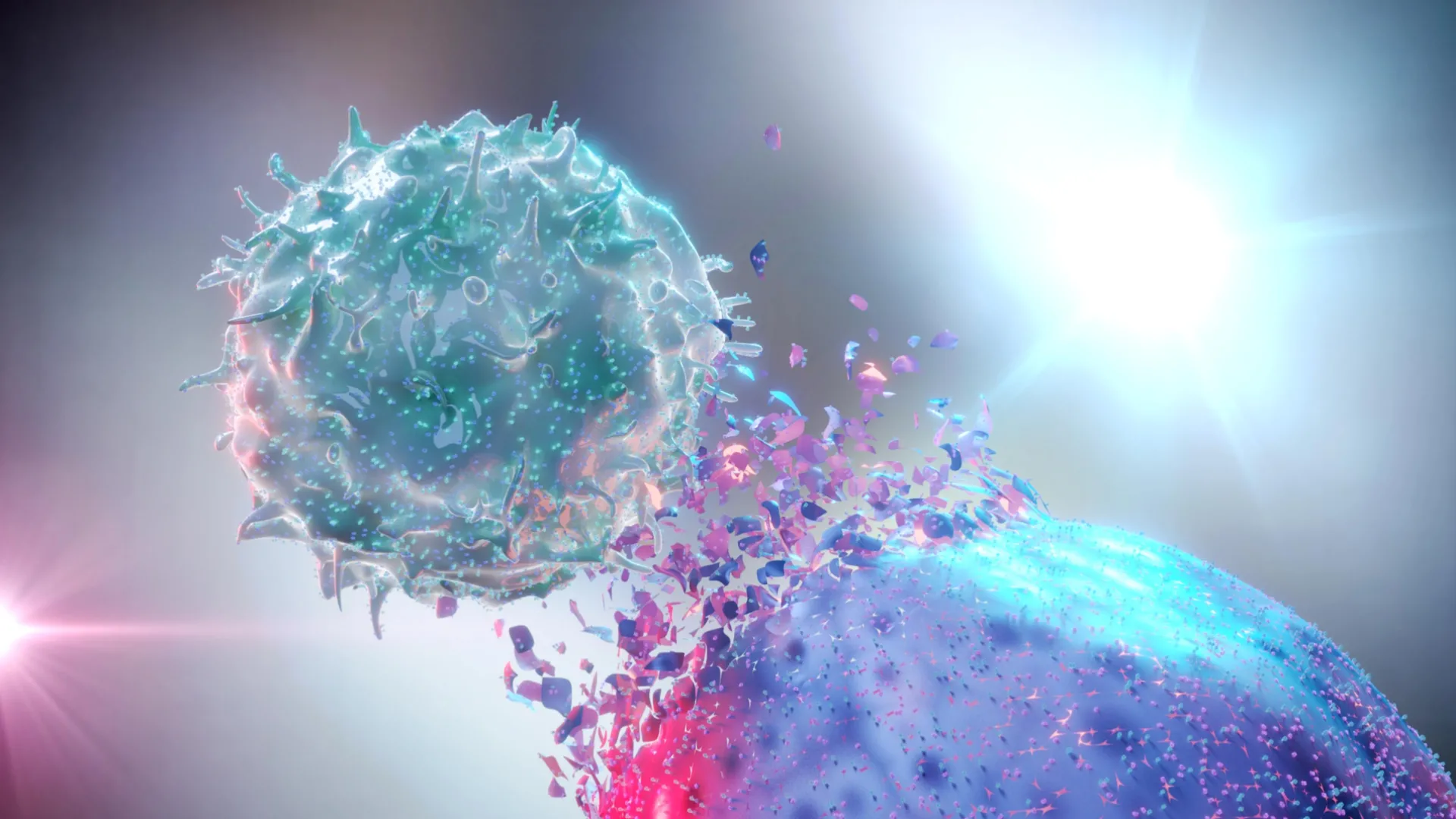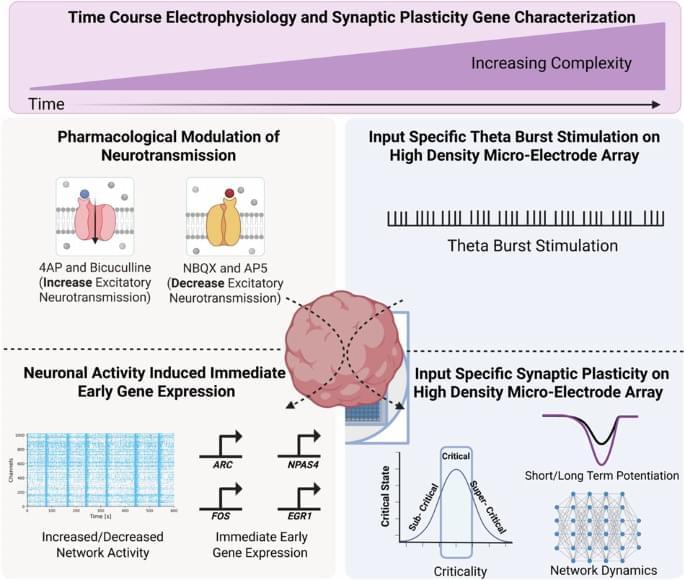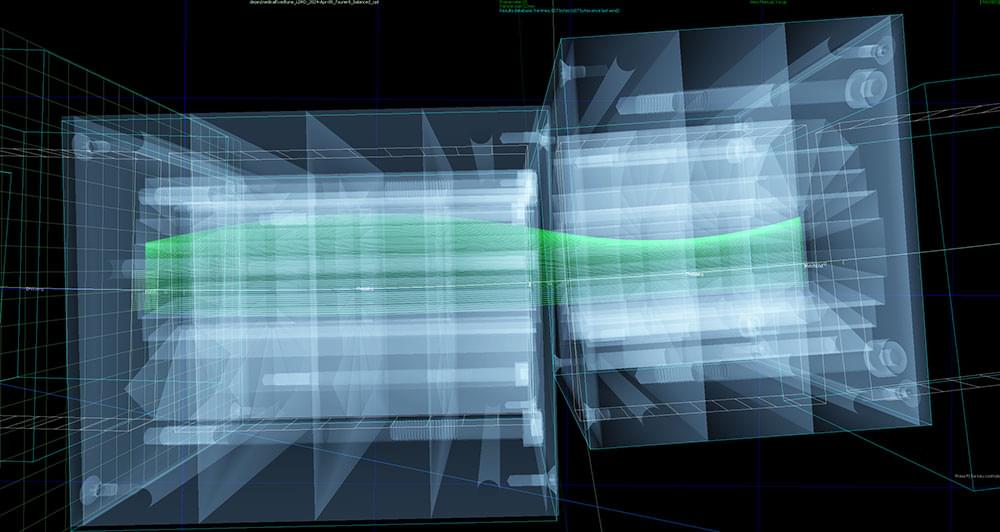With Health Ministry okay, Tel Aviv University prof will perform surgery that will mark the first time pieces of spine are engineered from human cells and then transplanted



Scientists have uncovered a hidden weakness in one of the deadliest childhood cancers. The tumors, which spread quickly and are notoriously hard to treat, rely on a sugar-processing pathway to survive and grow. By blocking this pathway, researchers were able to slow down the cancer and make it more vulnerable to treatment. This breakthrough opens the door to new therapies for children and young adults facing a disease with very few options today.


Ark Invest forecasts that Tesla’s robotaxi business could reach $10 trillion by 2029, driven by its manufacturing efficiency, data advantage, and strategic positioning in major urban markets ## ## Questions to inspire discussion.
Tesla’s Robotaxi Dominance.
🚗 Q: How significant could Tesla’s robotaxi business become? A: Tesla’s robotaxi business could represent around 90% of its enterprise value by 2029, capturing a substantial share of Ark’s projected $10 trillion global robotaxi market.
🏙️ Q: What’s the potential impact of robotaxis on urban transportation? A: Research suggests 200,000 robotaxis, supplemented by privately owned vehicles in an Airbnb-like model, could meet all of urban Austin’s vehicle miles traveled (VMT) demand, with peak demand requiring 350,000 vehicles.
Manufacturing and Cost Advantages.
🏭 Q: How does Tesla’s manufacturing capability compare to urban demand? A: Tesla’s Austin factory alone could produce more vehicles than urban Austin’s entire ride-hail fleet in approximately 9 days, showcasing its vertically integrated manufacturing advantage.

The slot-shaped aperture in the curved chain of magnets accommodates beams at different energies — a feature that would allow rapid switching among energies for more effective cancer treatment. This image shows a beam of light shining through the array with Mechanical Support Group staff in the background. (Kevin Coughlin/Brookhaven National Laboratory)
When the magnets arrived at Brookhaven, Katie Chen, a mechanical engineer, produced an architectural model of the assembly that Rob Karl, Adrian Timon, Travis Herbst, and Edward Dabrowski from the Mechanical Support Group used to properly align the magnets and bolt them to a supporting steel plate. To test that the magnets would accommodate the planned beam trajectories, the team transported the assembled array to the NASA Space Radiation Laboratory (NSRL), a facility that draws particles from the collider-accelerator complex supplying beams to Brookhaven Lab’s nuclear physics research facilities.
“This team tirelessly dedicated their time and expertise to completing the assembly and worked with exceptional dedication throughout Father’s Day weekend to help with these tests,” Mahler said.

Find out how organisations like tobacco and fossil fuel companies sell doubt about science, in order to undermine public trust.
You can watch Naomi’s recent talk about the origin of the plate tectonics theory here: • Rethinking the origin of plate tectonics -… and if you sign up as one of our Science Supporters, see the full Q&A here: • Q&A: Rethinking the origin of plate tecton…
Buy Naomi’s book ‘Merchants of Doubt: How a Handful of Scientists Obscured the Truth on Issues from Tobacco Smoke to Global Warming’ here: https://geni.us/orTZL9D
00:00 Introduction.
0:41 Why do bad actors work to create mistrust in science?
2:26 How do bad actors create mistrust in science?
3:24 How does the fossil fuel industry create mistrust?
5:04 How can we rebuild trust in science and government?
7:50 Does it matter who funds science?
11:52 What role does government regulation play in science?
14:01 How does the concept of freedom affect the climate debate?
Naomi Oreskes is Professor of the History of Science and Affiliated Professor of Earth and Planetary Sciences at Harvard University. She has worked on studies of geophysics, climate change and the history of science. She sits on the board of US based not-for-profit organisations the National Center for Science Education and Climate Science Legal Defense Fund. She is a distinguished speaker and has published 10 books, including Science on a Mission and The Big Myth.
The Ri is on Twitter: / ri_science.
Questions to inspire discussion.
Autonomy and FSD
🤖 Q: What is the biggest valuation upside for Tesla? A: Tesla’s autonomy roadmap is considered the biggest valuation upside, with the company’s robotaxi plans involving 5-passenger vehicles without a driver seat potentially increasing upside option values for investors.
🚘 Q: How has Tesla’s Full Self-Driving (FSD) system improved? A: FSD has made massive improvements with Version 13, and Version 14 may be the breakthrough moment that pushes Tesla past human-level driving and conquers another three nines of safety.
Future Projections.
📈 Q: What is the expected FSD take rate in the coming years? A: The FSD take rate is projected to increase to 20% in the next few years, with cyber cabs having FSD included, while individual owners may need to opt-in for a while before it becomes standard on all new cars.
What does it take to turn the Sun into a power grid? Discover the step-by-step path from asteroid mining to a star-spanning megastructure.
Watch my exclusive video Dark Biospheres: https://nebula.tv/videos/isaacarthur–…
Get Nebula using my link for 40% off an annual subscription: https://go.nebula.tv/isaacarthur.
Get a Lifetime Membership to Nebula for only $300: https://go.nebula.tv/lifetime?ref=isa…
Use the link https://gift.nebula.tv/isaacarthur to give a year of Nebula to a friend for just $36.
Visit our Website: http://www.isaacarthur.net.
Join Nebula: https://go.nebula.tv/isaacarthur.
Support us on Patreon: / isaacarthur.
Support us on Subscribestar: https://www.subscribestar.com/isaac-a…
Facebook Group: / 1583992725237264
Reddit: / isaacarthur.
Twitter: / isaac_a_arthur on Twitter and RT our future content.
SFIA Discord Server: / discord.
Credits:
Building a Dyson Swarm… from Scratch.
Written, Produced & Narrated by: Isaac Arthur.
Graphics: Bryan Versteeg, Jeremy Jozwik, Ken York Sergio Botero.
Select imagery/video supplied by Getty Images.
Music Courtesy of Epidemic Sound http://epidemicsound.com/creator.
Chapters.
0:00 Intro What Is a Dyson Swarm?
5:49 Gathering the Materials.
9:40 Proto-Swarm: Our First Steps.
13:05 Mining the Solar System.
14:33 Beyond Mercury: The True Scale of the Swarm.
19:10 Ghosts of Friendship Past.
20:34 Building Habitats: How Much Mass Do We Really Need?
27:42 The Long Dawn of a Stellar Civilization.